The following content is intended for an audience 21+. Please drink responsibly.
Walking into a wine shop, or perusing the wine selection on your e-vendor of choice can be a daunting and intimidating task, if for no other reason than there is simply so much to choose from – far more than even the most dutiful of clerks or professional sommeliers can hope to grasp. Across limitless shelves, bottles from countless regions beckon, each proclaiming the virtues of their soil and the ‘timeless traditions’ of their winemaking. Then, within these countless regions, there are in turn countless winemakers, each of whom claim to have perfected or enhanced what makes their region unlike any other.
The natural question is “Where do I start?” Or, when looking at a bottle produced from obscure grapes, you might find yourself asking “What, really, is the difference between a Xinomavro grape and a Sagrantino grape? What even is a ‘Xinomavro?’ And are these oddly named grapes really all ‘that’ different from the red wines I’m already enjoying?”
These days, services like Blue Apron’s Wine Menu have taken a lot of the guesswork out of trying new wines by sending their subscribers an expertly curated selection of bottles. These selections can include everything from small boutique wineries to some of the best-known labels from the most prominent regions – meaning there’s something for every palate.
But even if you’ve got the wines on hand, how do you go about pairing them? What are the some of the basic rules that the experts use?
I’ll start off by acknowledging that there are literal textbooks devoted to the pairing of wine and food. What we’re going to do today is cover some of the basics, and ‘define down’ some of the nuances.
Now, without further delay, let’s get started.
White Wine: Only for fish, chicken, and salad? Not so fast
Generally speaking, thinner bodied wines with less intense aromatics, and that are less acidic and less ‘full flavored,’ are described as ‘delicate.’ These delicate wines are generally best paired with equally delicate foods – and those types of foods tend to be salads, lightly grilled chicken, tofu, and light bodied fish. As it happens, most wines that are described as delicate also happen to be white wine.
By contrast, the qualities that make a wine able to stand up to things like red meat and thick sauces, are tannins and acidity. High or ‘thick’ tannins, and moderate to intense acidity, prevent wine from being overpowered by richly textured, heavily seasoned, and fatty foods. This is why gentler red wines, such as Gamay, pair almost identically to what one might think of as ‘cliché’ white wine pairings such as fruit and cheese, or broiled fish drizzled with lemon, butter, and herbs.
However, there are many notable exceptions to the ‘white wine cliché.’ One well known exception is Chardonnay, which pairs well with fattier fishes such as shark, or with fish bathed in heavier sauces. Imagine tilapia in butter sauce, or cod in a cream sauce, or shrimp paired with a spicy dipping cocktail.
“But that’s still fish,” you might be saying, and that brings us to our next notable exception to the ‘white wine cliché.’
Assyrtiko. Despite being the home of European winemaking, and by extension ‘global’ winemaking, Greek winemakers toil in relative obscurity, and so if you haven’t heard of Assyrtiko, or other native Greek varietals, you certainly aren’t alone – although Greek wines ‘are’ slowly finding their way back into the mainstream. Assyrtiko is a hardy, full bodied white wine that’s perfectly at home alongside things like roasted lamb, red sauces, and spicier foods (though not ‘too’ spicy). Unlike many other white wines, assyrtiko not only won’t be overpowered or drowned out by such fare, it will actually complement such food.
Other notable white wine varietals that ‘occasionally’ pair well alongside things like steak or pork roasts include Riesling, Sancerre, Pinto Gris, and Sauvignon Blanc. If this sounds like heresy, here’s ‘how’ to pair these white wines with meat, red sauce, or other choice ‘meaty entrees.’ With Sauvignon Blanc, you’ll want to look for a wine that’s highly acidic, and very fruity with an intense bouquet – otherwise the wine will be drowned out almost completely. With Pinot Gris or Pinot Grigio, you want to lean on wines that are citrusy, zesty, and very acidic, which not only allows the wine to stand up to things like seared steak, but to actually heighten and complement the steak’s flavors. With Riesling, you want to be sure you’ve got a rich, bone-dry Riesling, particularly one that leans into the varietal’s ‘nutty’ flavors. German Rieslings are particularly favored for this purpose.
With all of that out of the way, let’s end on a slightly more traditional note, and talk a little about White Bordeaux Wines. These wines tend be blends of Sauvignon Blanc and Semillon, and generally cover a wide variety of flavor and texture profiles, from light and crisp to creamy and citrusy. As such, for pairings, think of braised veal, lightly grilled chicken, sushi, baked clams, and light pork dishes. Naturally, light pasta dishes will also pair deliciously.
Red Wine: The delicate, the hardy, and those bottles not meant for the faint of heart
Let’s start off with the heavier reds, and work our way down from there. Remember that Xinomavro I mentioned earlier? As it happens, Xinomavro is an excellent – if somewhat extreme – example of a ‘heavy’ or ‘very full-bodied’ red wine. Xinomavro is a Greek varietal whose name translates roughly as “black acid.” The wine lacks almost any fruit qualities, instead featuring aromatic and tasting notes of olives, spice, herbs, tobacco, and sundried tomato – although gooseberry and dark cherry aren’t uncommon. Featuring abundant tannins, and a full-bodied texture that coats the mouth and lingers, this wine is almost everything one might think of when imagining a ‘hardy wine,’ even if some of these qualities are taken to the extreme.
How does one pair this type of red wine? With equally hardy dishes that won’t be overpowered by the wine, but that play to the wine’s flavors and bouquet. With a wine like this, you’re actually “Pairing the food with the wine” as opposed to the other way around. So, in the case of Xinomavro, that means things like stuffed grape leaves with tzatziki, lamb koftas in red sauce, grilled ribeye steak rubbed down with herbs, or perhaps a creamy risotto. These types of pairings are typical of the types of food you might consider for the heaviest and fullest bodied wines.
When it comes to medium bodied wines, perhaps the most well known are “Bordeaux-Blend” red wines. Bordeaux wines are divided between the region’s Right and Left Banks. Wines from the “Right Bank” of the region tend to feature medium acidity and smooth tannins, with flavors and aromas of dark fruit, plum, dark chocolate, and vanilla. Wines like these tend to pair well with oven roasted chicken, light barbecue, roasted garlic aioli, and grilled steak. Wines from the “Left Bank” are typified by a highly tannic mouthfeel, and moderated-to-heavy acidity. These wines tend to feature aromatics and flavors of blackcurrant, dark truffle, black cherry, and plum, with the occasional whiff of wild flowers, damp soil, and gravel. Wines such as these tend to pair excellently with roasted potatoes, greasy burgers with lots of cheese, pepper beef, rare filet mignon, or crisped pork shoulder rubbed with garlic and herbs.
Light bodied red wines include such varietals as Pinot Noir, Gamay, Light Red Beaujolais, Shiraz, and Grenache. These types of wines tend to be very diverse in the foods that they pair well with. For example, fried chicken livers set over a bacon and tomato salad with ranch dressing would pair deliciously with the aforementioned Beaujolais. Conversely, salmon with andouille sausage and green olives would pair beautifully with a Californian Pinot Noir. A nice Shiraz might do well alongside soy sauce marinated flank steak served over a warmed mint and cilantro salad. In other words, when it comes to light bodied red wines, there really is no shortcut aside from researching the wine on hand, since the range of wines in this category are simply too wide and too varied.
Pinks, fruit bombs, and sparklers
Let’s start this out in reverse order and talk about everyone’s favorite ‘sparkler’ – champagne. This is sometimes called the “Most food friendly wine in existence,” and it has that reputation for a reason, even though most of us regard it purely as a ‘before or after’ dinner treat.
Before I begin, a lot of what I’m about to say about champagne also applies to similar sparkling wines such as prosecco and cava. What pairs well with a good quality brut champagne, would likely pair equally well with a dry cava or prosecco of comparable quality. Albeit, you’ll likely save a few dollars by opting for the cava or the prosecco.
To start off, let’s begin by talking about the various types of champagne. The first thing to know is that ‘most’ champagnes are created from a blend of white and red grapes, these being chardonnay blended with various red grape varietals, chiefly pinot noir and pinot meunier. Naturally, this blending imparts champagne with qualities that typify ‘all’ of the blended varietals.
By contrast, champagne labeled as “Blanc de Blanc,” or “white from white,” is made using only white grapes. Naturally, being quiet delicate, this type of champagne is, in fact, best relegated to serving as an aperitif or digestif. With that in mind, think of things like oysters, cheese boards, charcuterie boards, caviar and crostini, and light bodied fish. Pasta tossed with garlic and oil, perhaps with a light dusting of grated cheese, would also pair beautifully.
Champagne labeled as “Brut” is among the driest, having no more than twelve grams of added sugar per bottle. This particular type of champagne is known to pair best with a variety of different foods, ranging from white truffle sauce to fried chicken. Citrusy food, herb roasted potatoes, and lightly seasoned grilled steak are all great pairings with a quality brut champagne.
“Extra Brut” and “Brut Nature” are, as the names suggest, even dryer versions of “Brut.” Think hardy shellfish like lobster or baked crabs, or substantially fatty fish such as grilled shark steaks. Herb roasted lamb, pork shoulders, and tenderloins are all delicious pairings.
Finally, we come to “Demi-Sec.” As the name suggests, these champagnes are on the sweeter end of the spectrum. Here again, I think this type of champagne is best reserved as an aperitif, but with the caveat “on its own.” On the other hand, I’ve personally enjoyed demi-sec with light calamari salad. Saltier foods are also known to be popular pairings, such as particularly salty cheeses, or thoroughly seasoned crostini. The contrast of the salty with the sweet is simply delicious with this type of champagne.
Next up are the ‘fruit bombs.’ Yes, that is indeed a ‘technical term.’ As the name implies, these are ‘very’ fruit forward wines. Whether its red wine that tastes like sugary cherry juice, or white wine that tastes like liquified pineapple, these are typically ‘fun’ or ‘easy drinking’ bottles. However, there are very ‘serious’ wines that some might call ‘fruit bombs,’ despite their playful palette. For example, certain incarnations of Moscato, zinfandel, and merlot, and some might even say malbec, are what we’re typically thinking of when we think of ‘very’ fruit forward wines. To serve ‘fruit bombs’ you want to serve them chilled, but ‘not’ iced, typically straight from the fridge will do (if you want to be specific about this, a temp range of about 45-50 degrees Fahrenheit is what we’re looking for). In terms of food pairings, it really depends on the varietal in question. For example, a food pairing for a fruity merlot might not be the best idea for a fruity zinfandel. Generally, think of things like spicy barbecue, Thai food, and cured meats.
Finally, this brings us to “The Pinks,” and by and large what you pair with a ‘still’ pink will also pair fine with a ‘sparkling’ pink. Think spicy seafood, think of both light ‘and’ heavy bodied fish, but generally prepared in the absence of heavy sauces or heavy seasonings. Imagine crab cakes with a light tarter sauce. Duck, also, is generally regarded as a ‘favorite’ pink-wine pairing. Cured meats, light fish salads, fruit salads, and hard cheeses are all considered ‘by the book’ pink wine pairing – both for sparkling and still wines.
And those are my shortcuts when it comes to pairing wine with food, the nuance and guidelines of whole textbooks reduced to about two-thousand words. What are some of your favorite food and wine pairings? We’d love to hear from you!


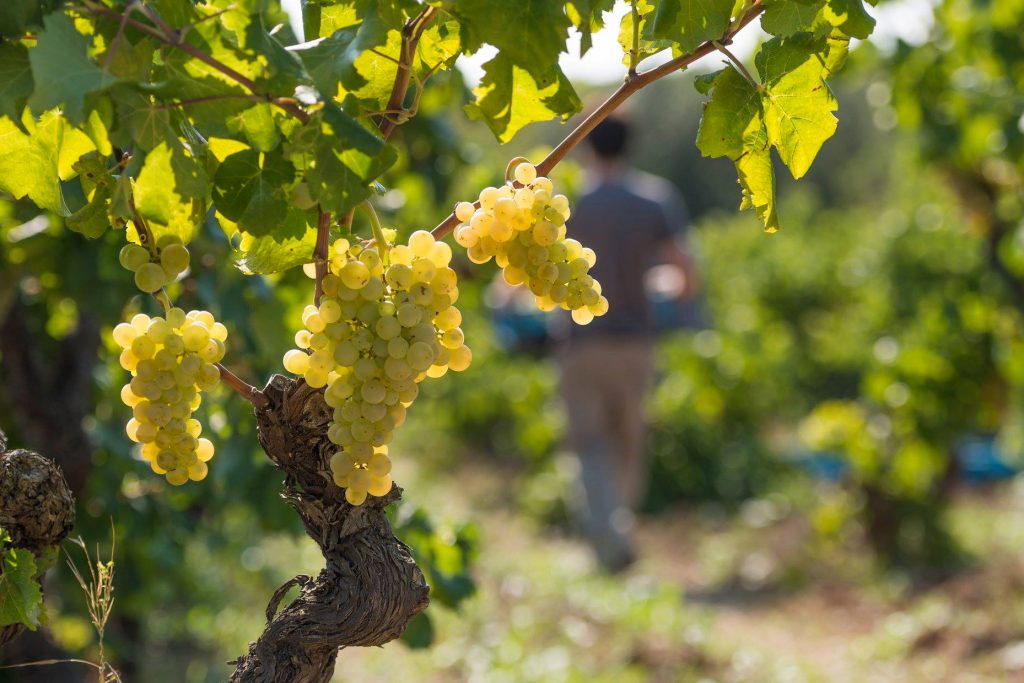
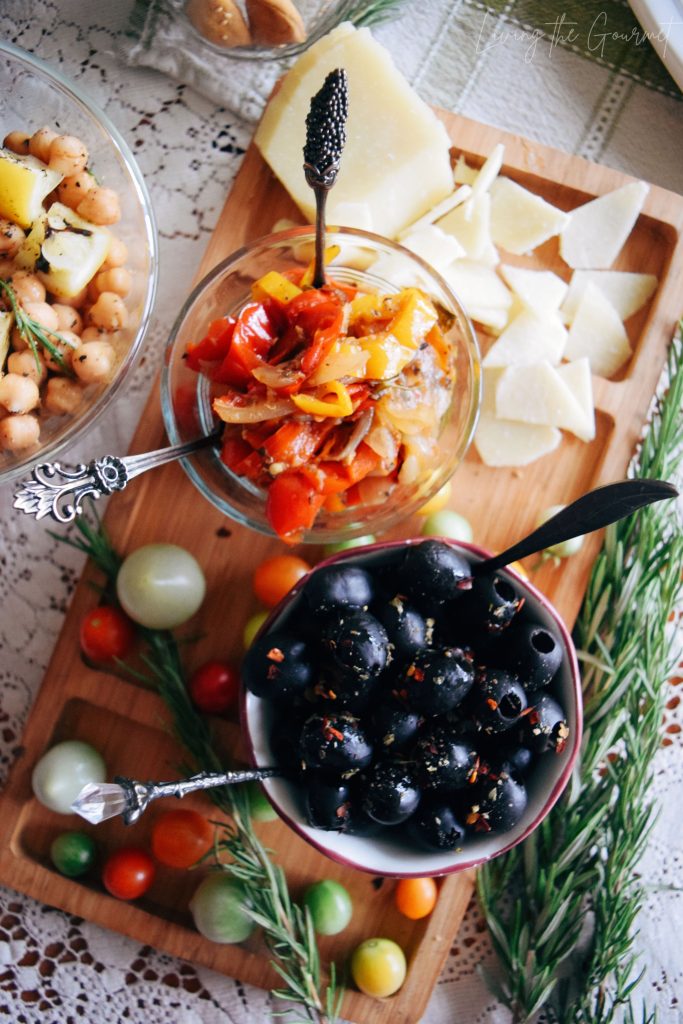
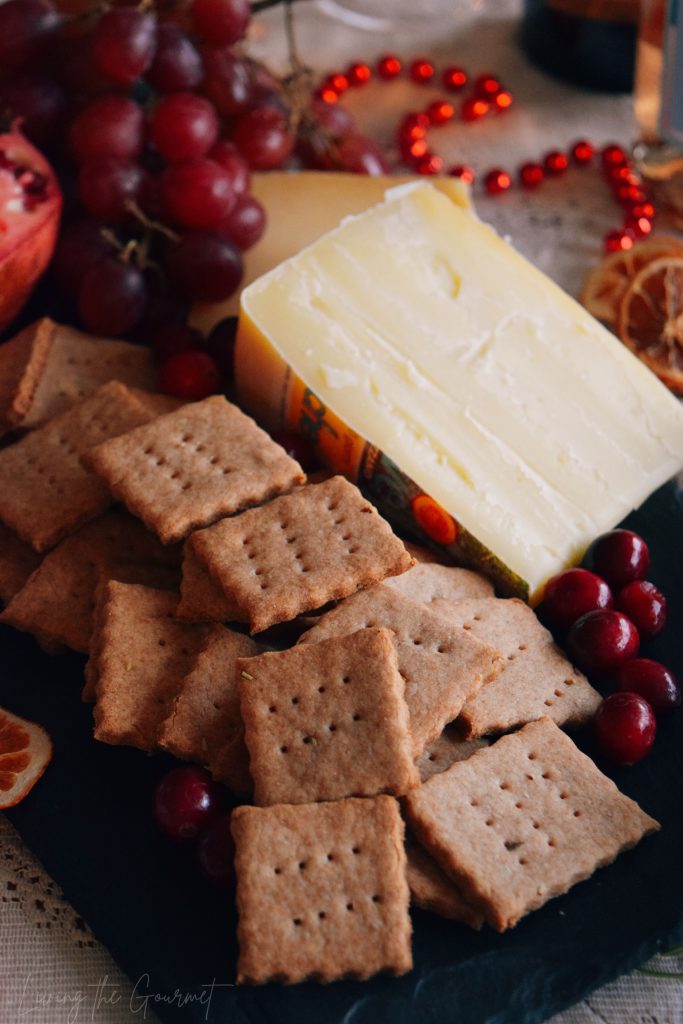
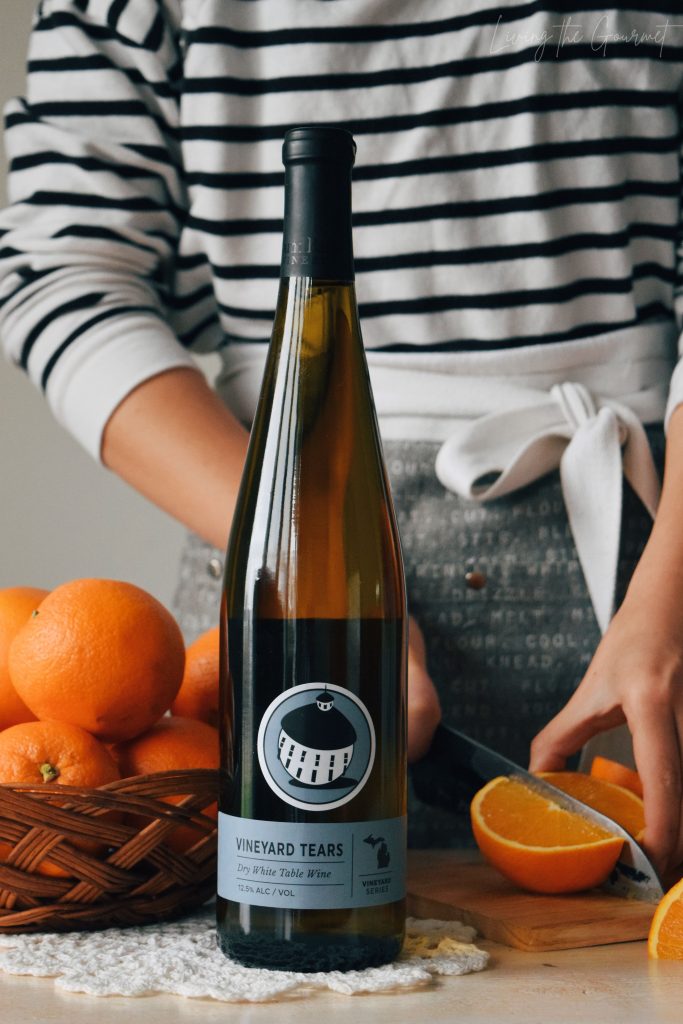

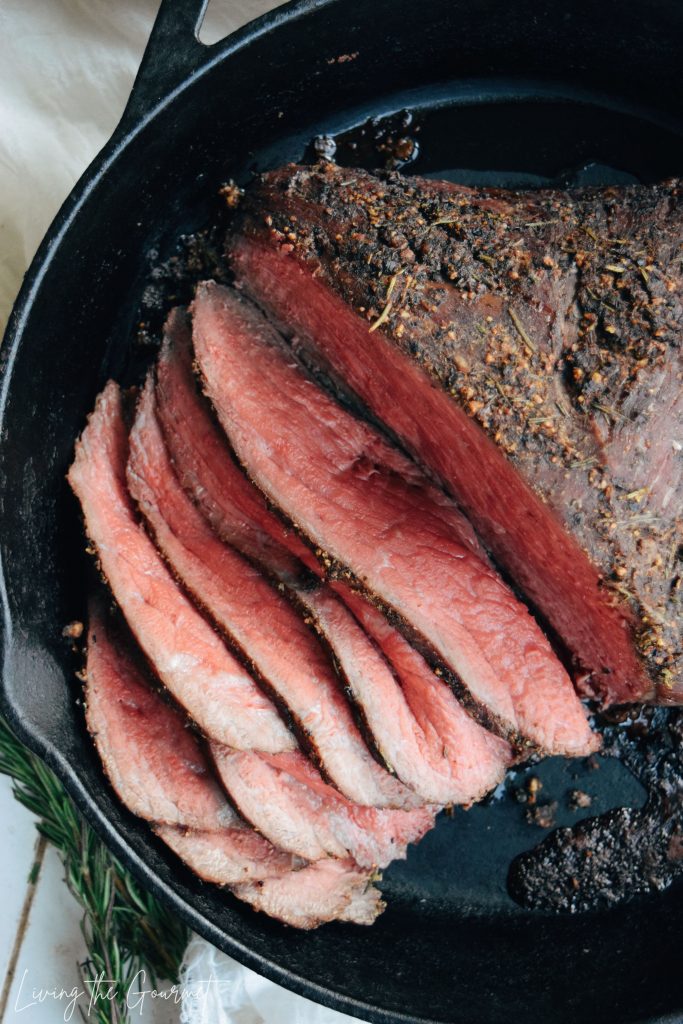
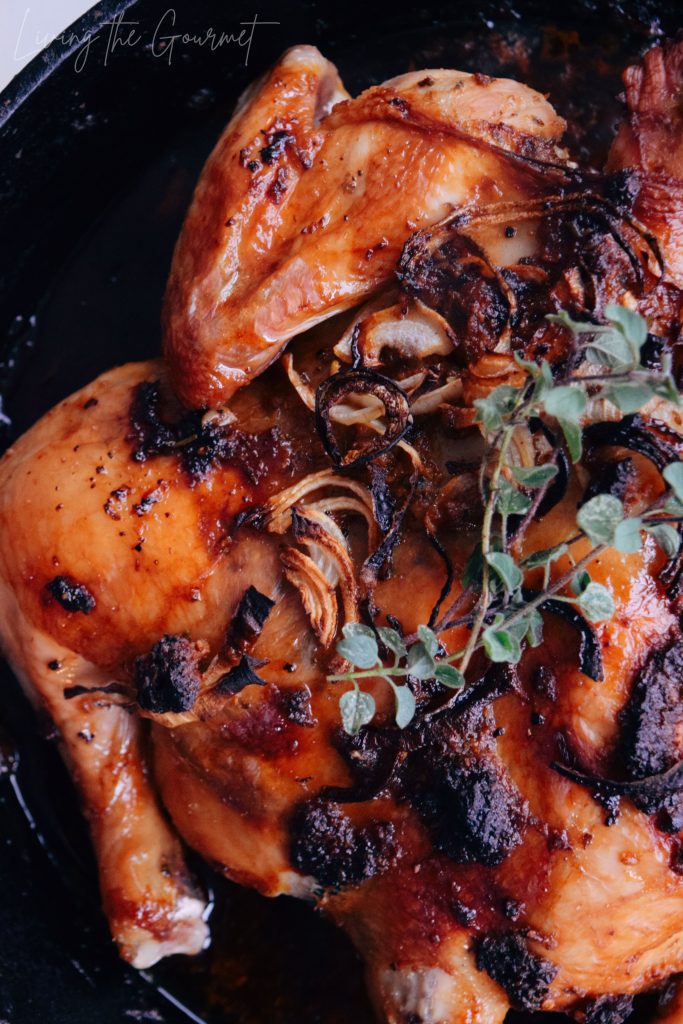
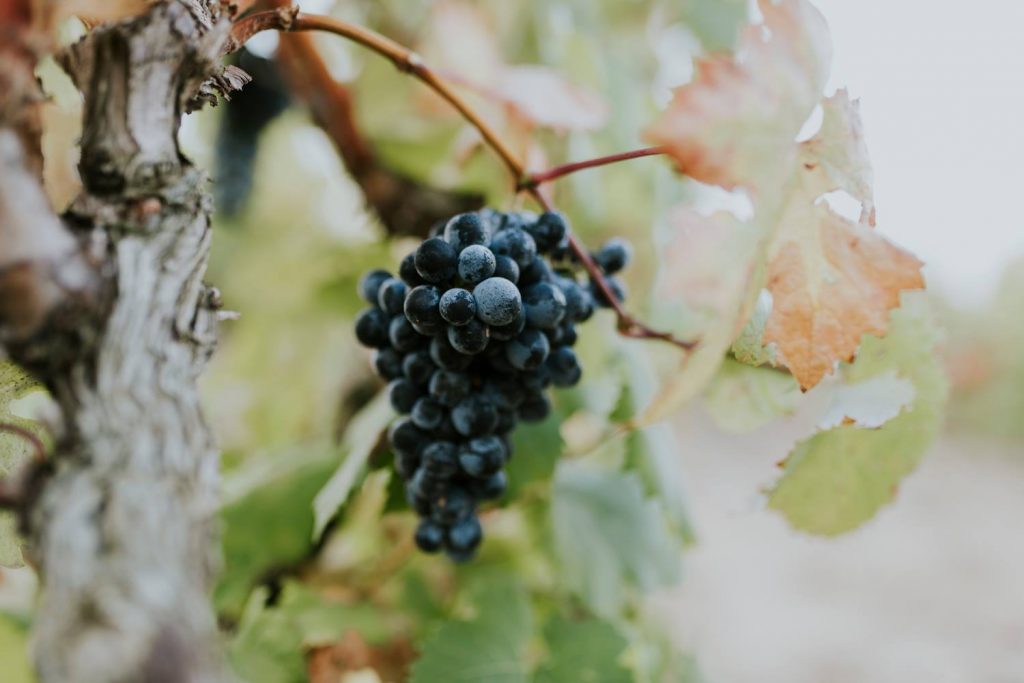

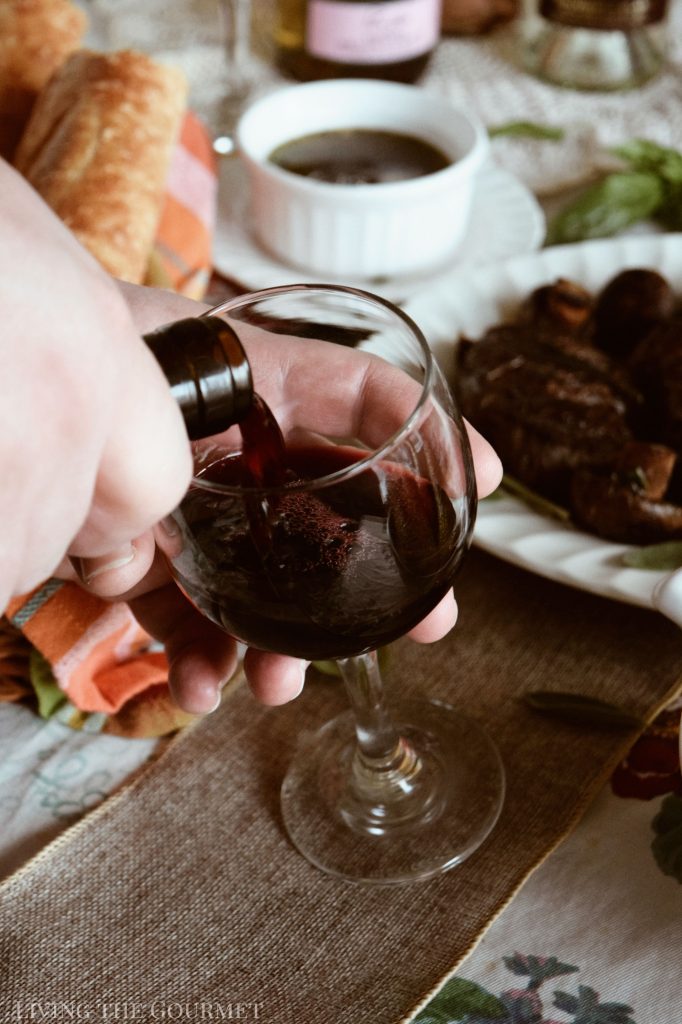
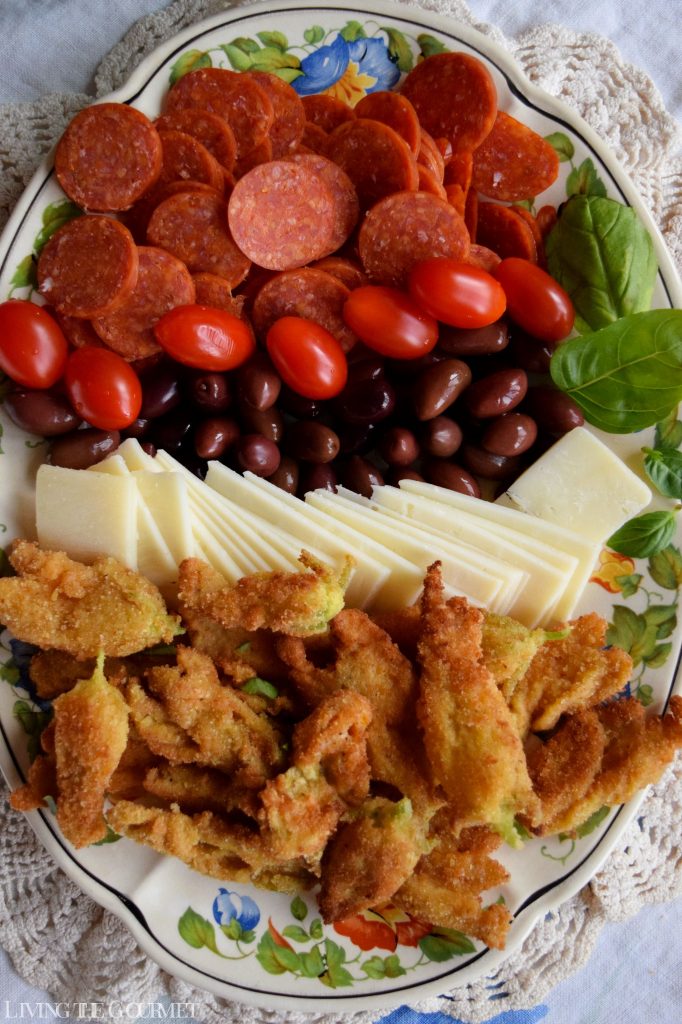
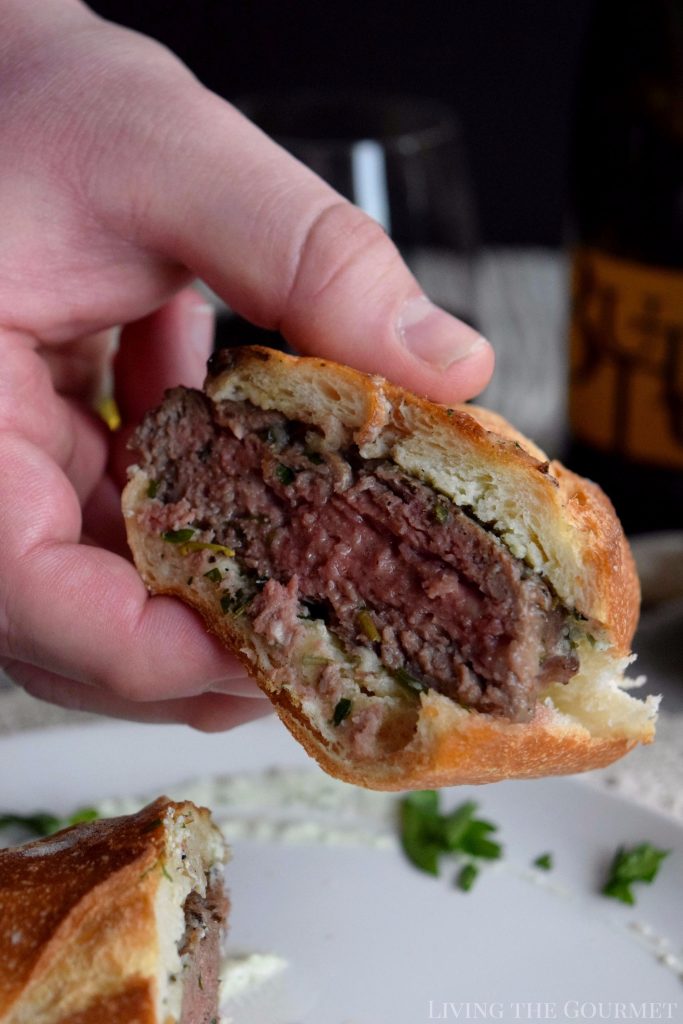
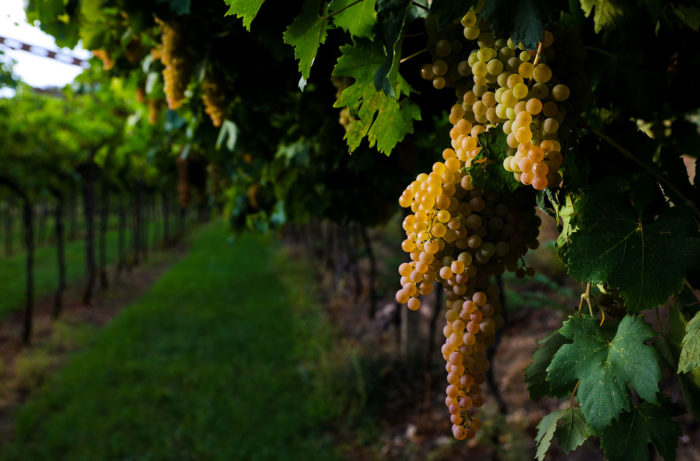
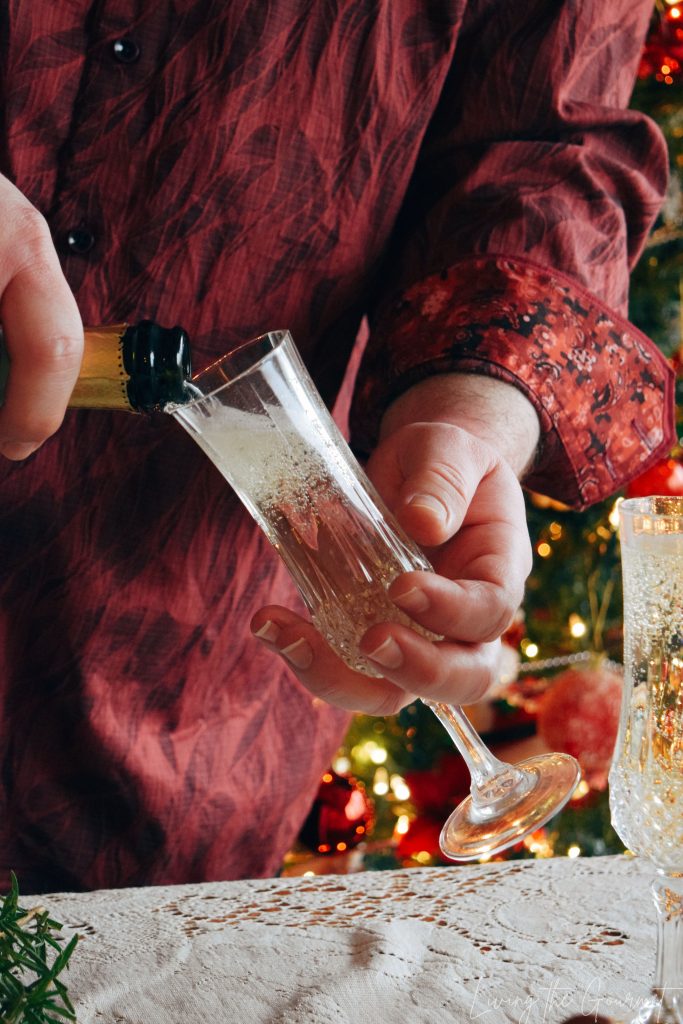

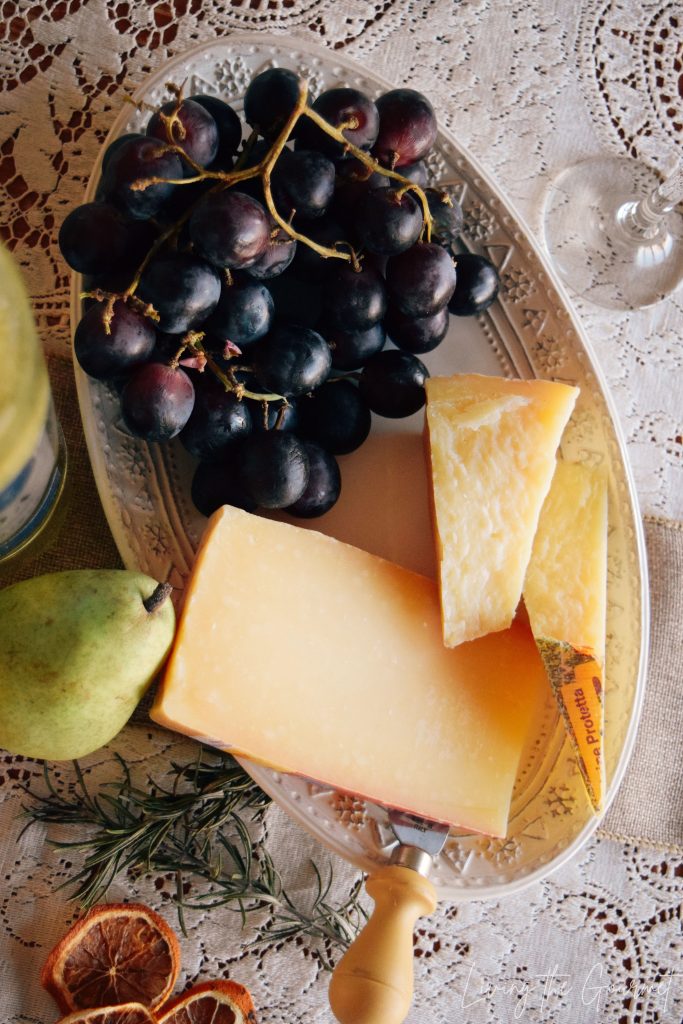
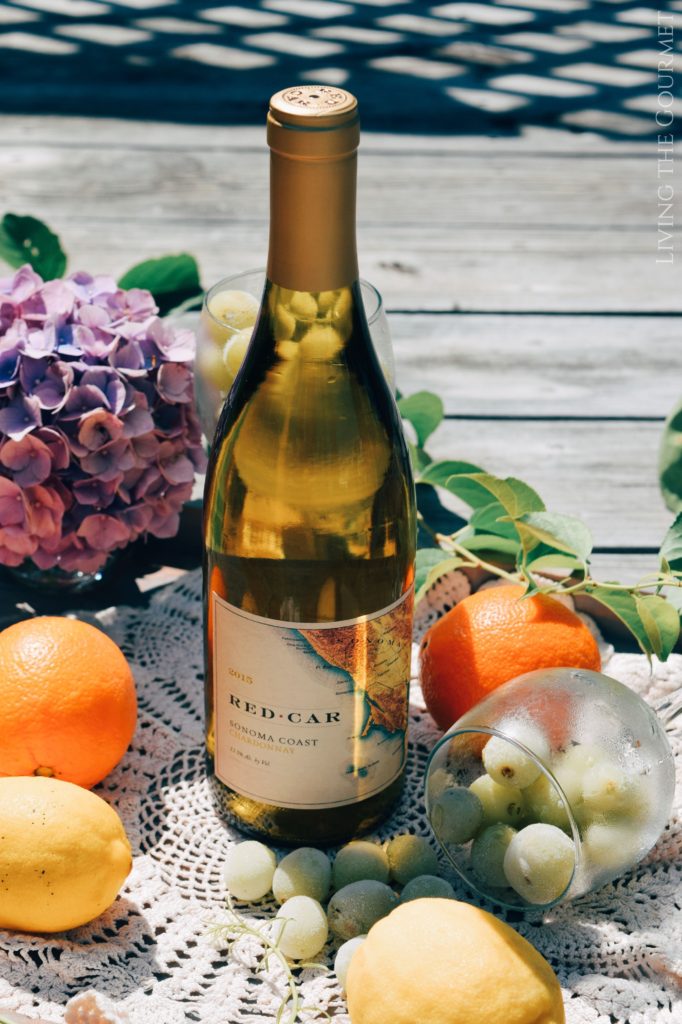
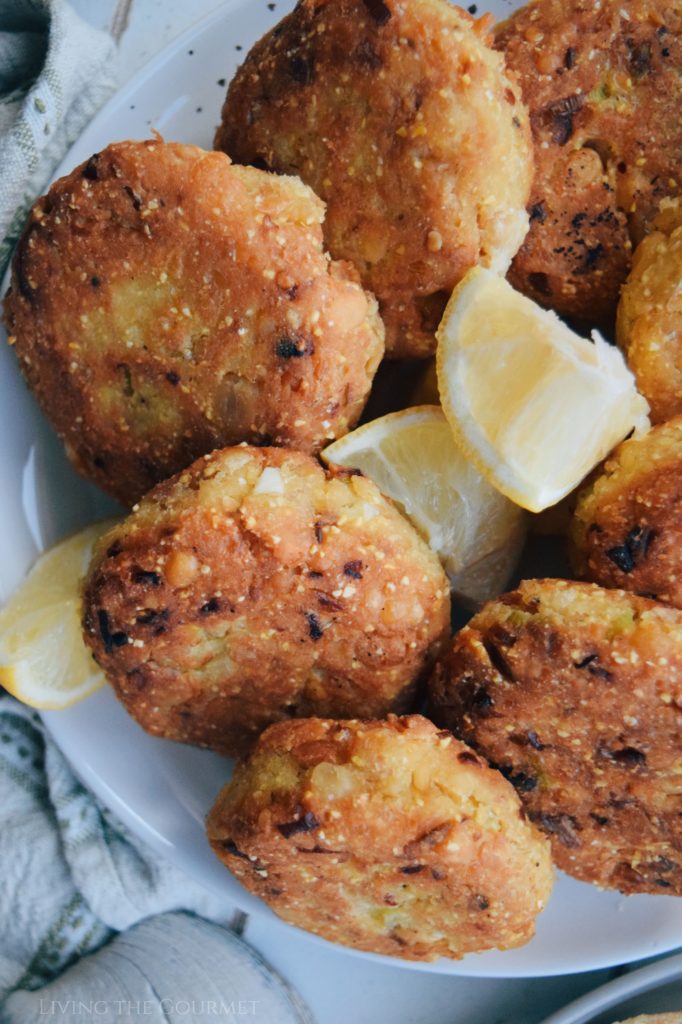
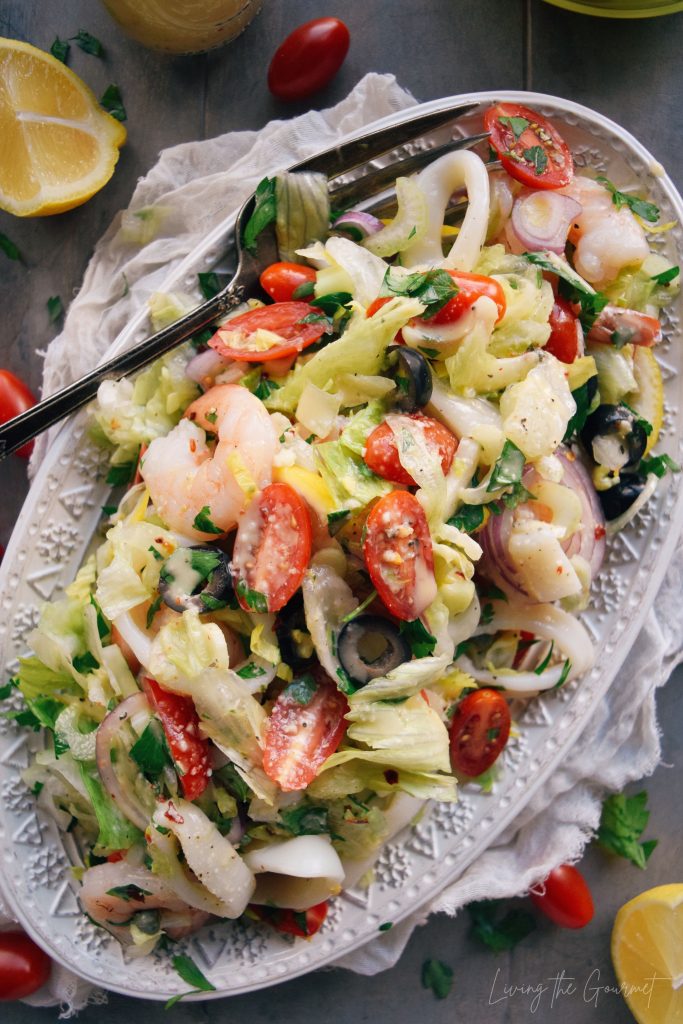
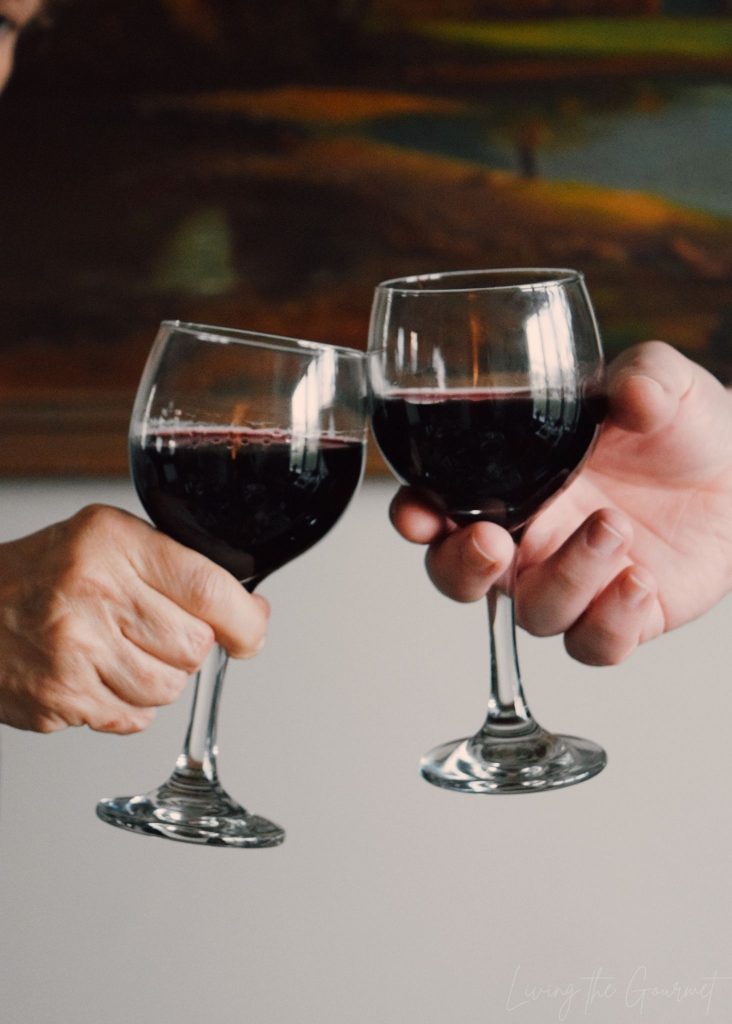
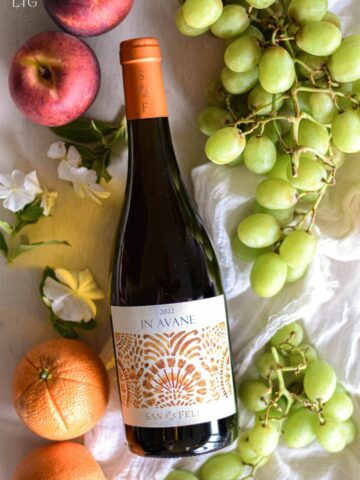
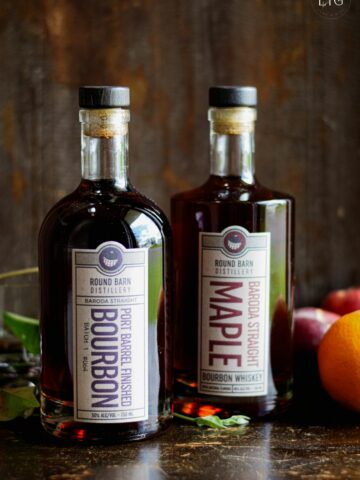

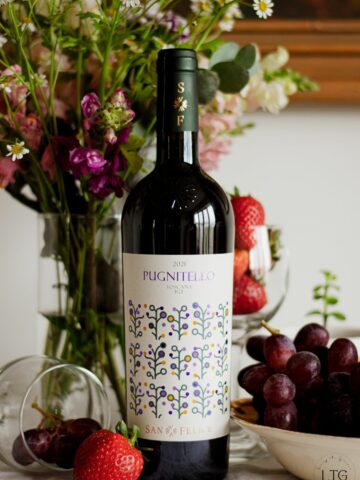
Yeah Lifestyle says
Some great tips and ideas about food and wine pairing here! I will pair fatty fish with a Chardonnay the next time I cook it as never done that before
Melanie Edjourian says
I have to agree, white wine is great with cheese too. We often enjoy cheese, crackers and a fruit selection with white wine. I do also enjoy "fruit bombs" they're one of my favourite types of wine and the options are varied.
Risa Lopez says
Thanks for explaining all those kinds of wine, I never knew about it until I read your blog. My husband and I always take the red wine along with the steak.
Ash B says
This was super informative, thank you! Wine pairings are so hard to figure out and a lot of people have different opinions and taste buds.
Rosey says
My daughter in law has some kind of certification in wines. She is really a pro at it and loves it so much! It is an interesting topic.